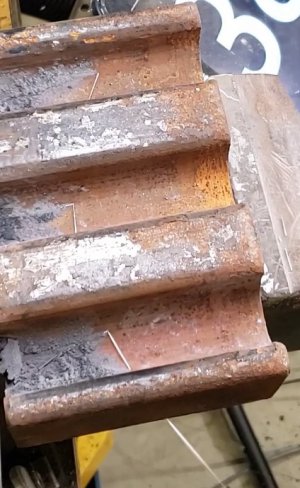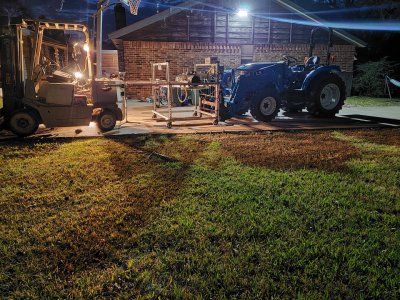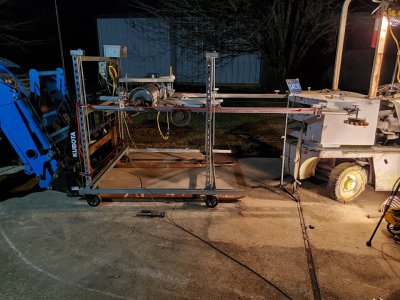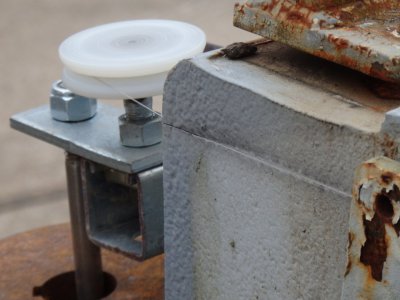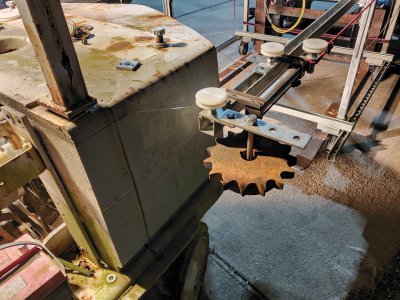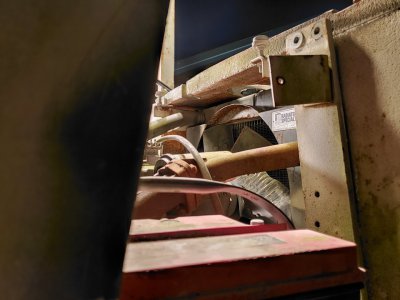- Joined
- Mar 25, 2013
- Messages
- 4,614
So assuming you can cut the cast iron into blocks or slabs, how will you create more complex geometry like you need to build a lathe? You could mill the blocks but that would require an awful lot of material removal. I am thinking that this is why most machine tools are cast. Not trying to sound critical just curious about the plan.


